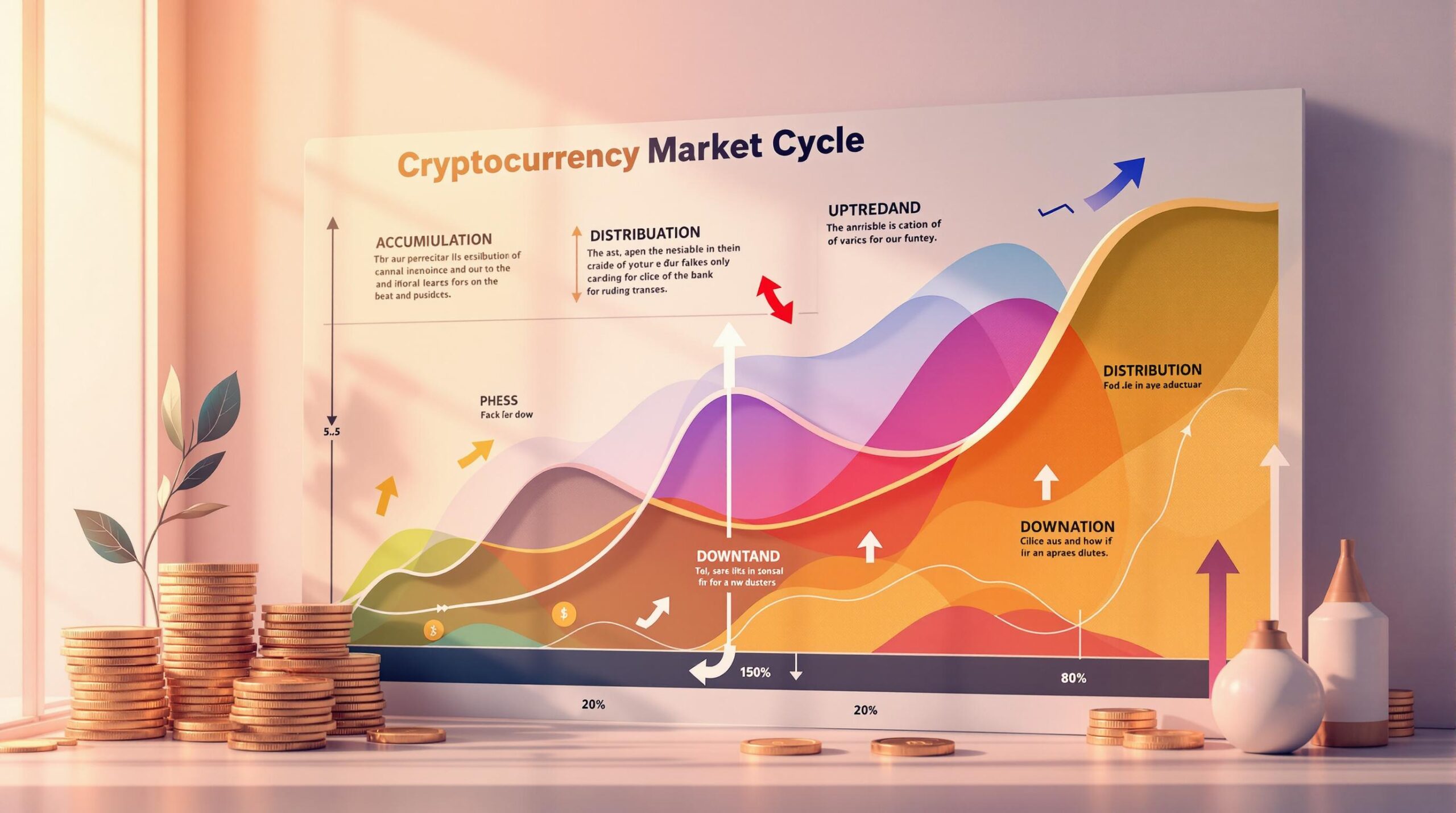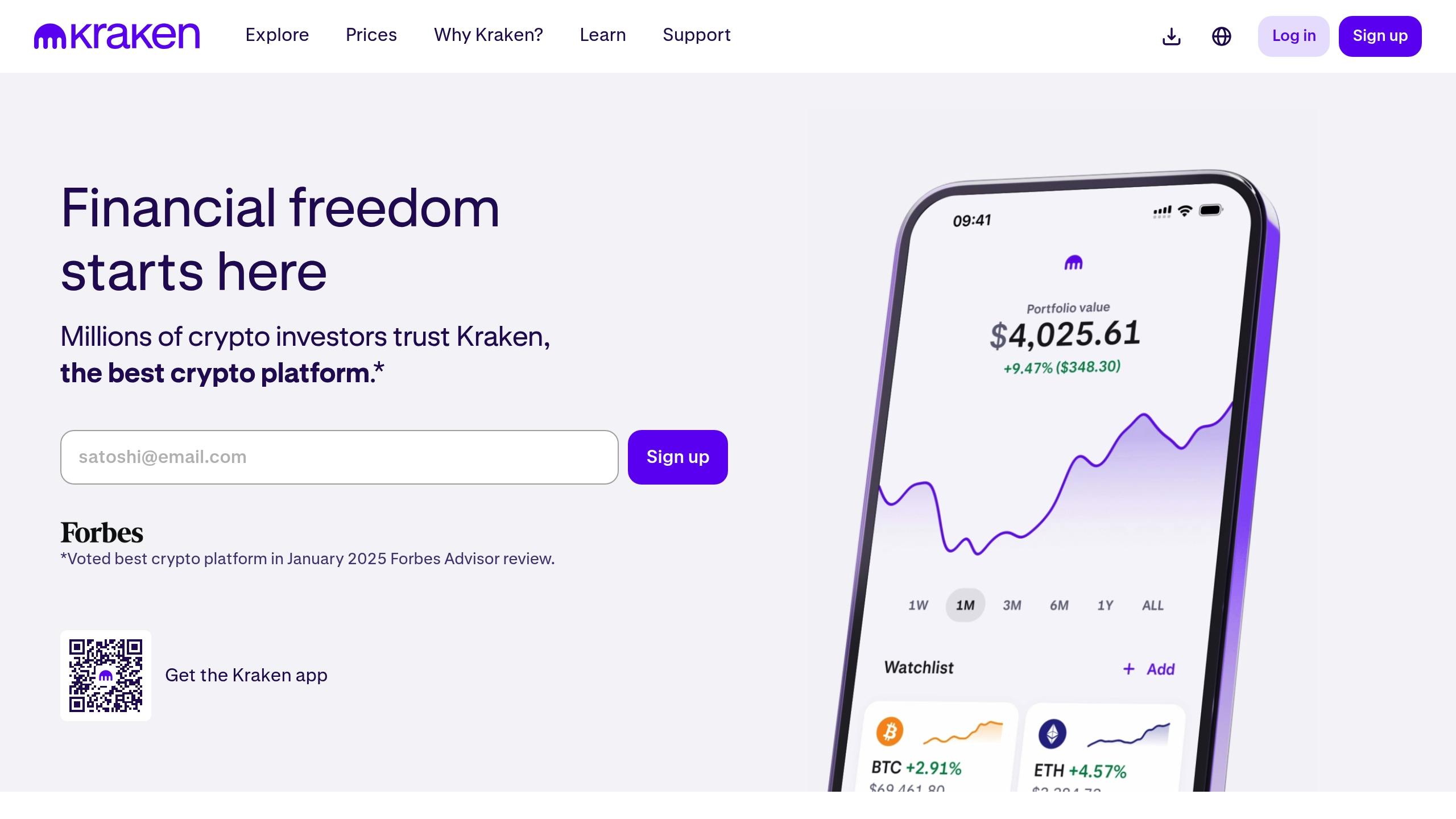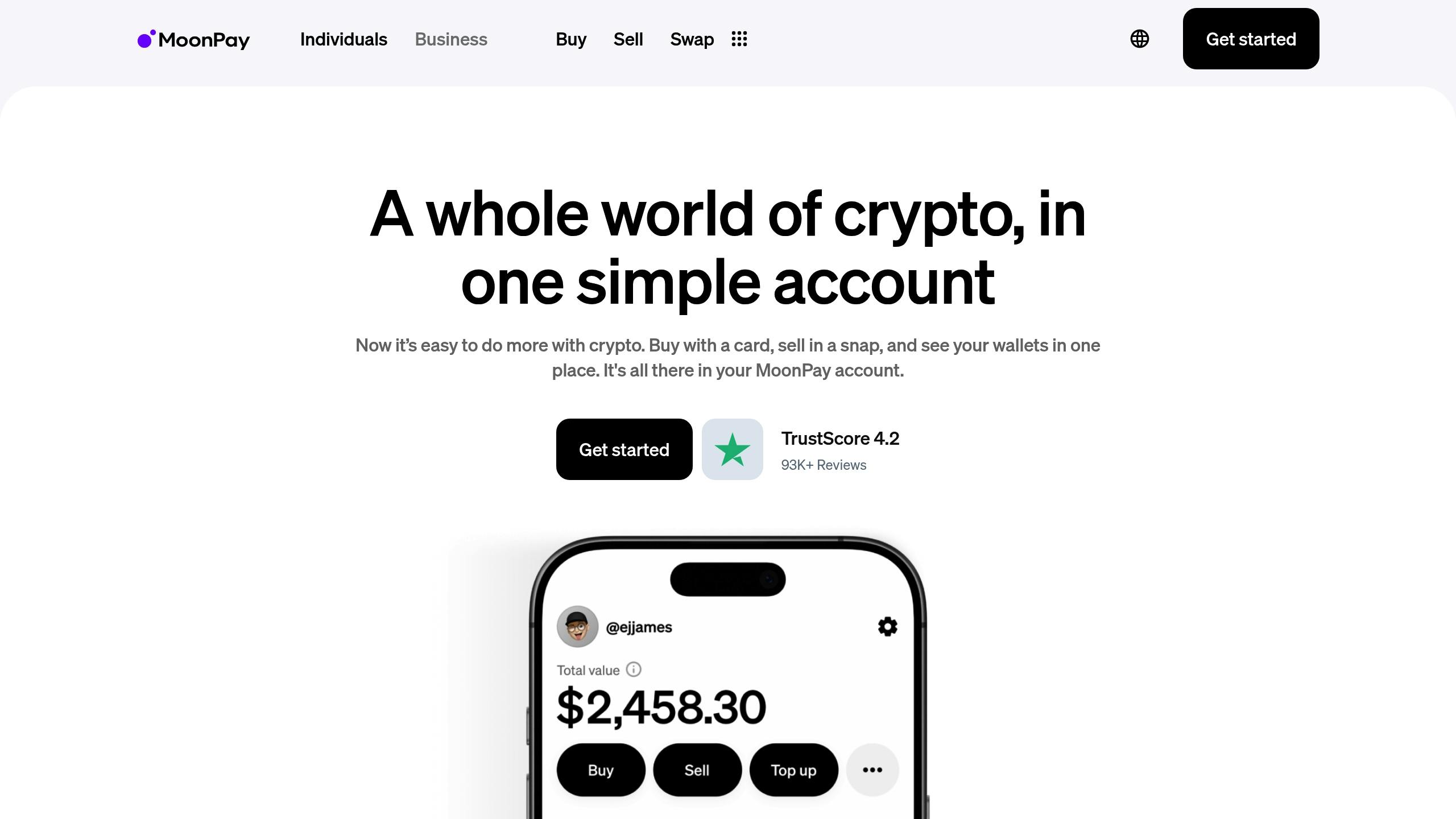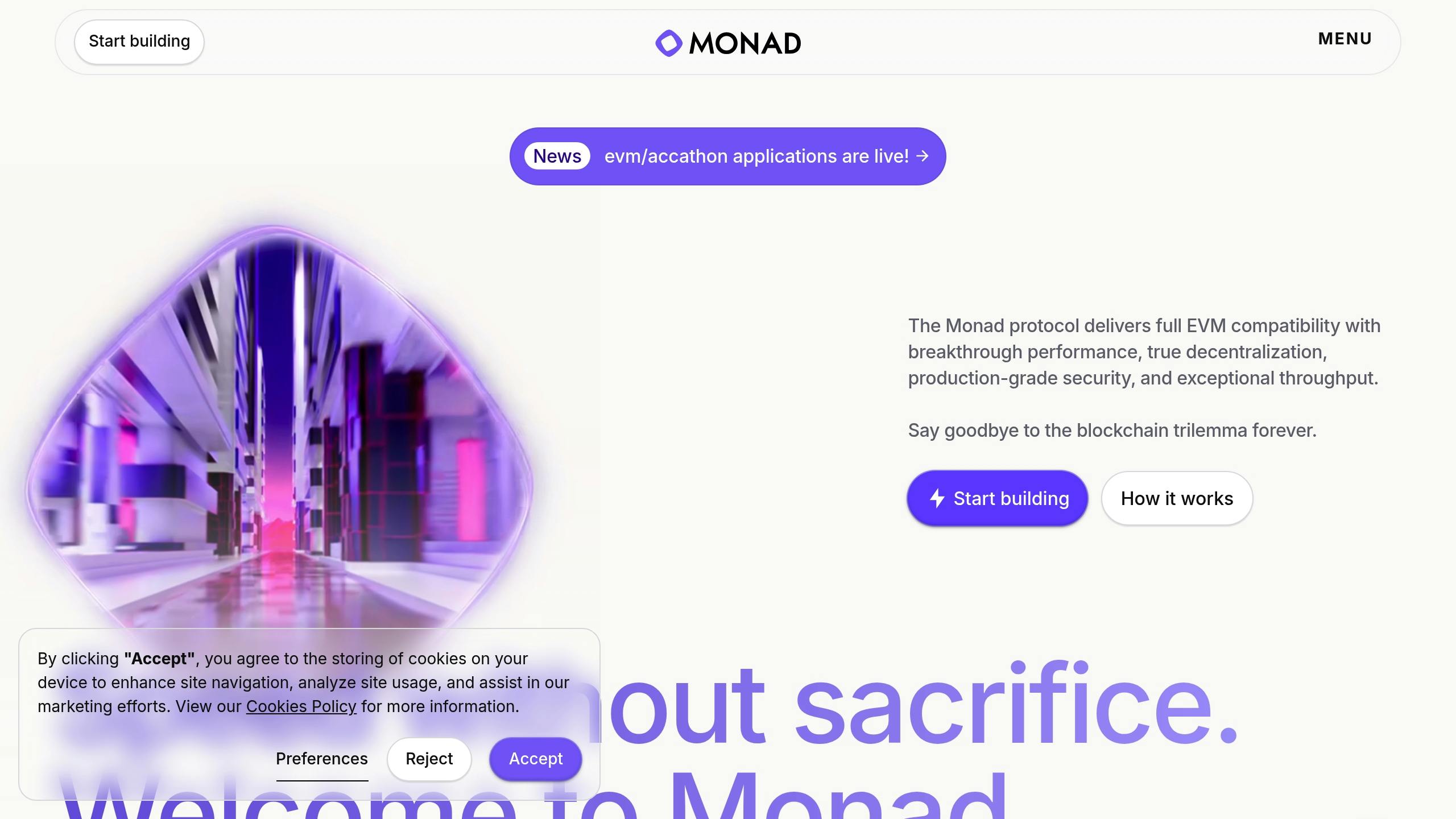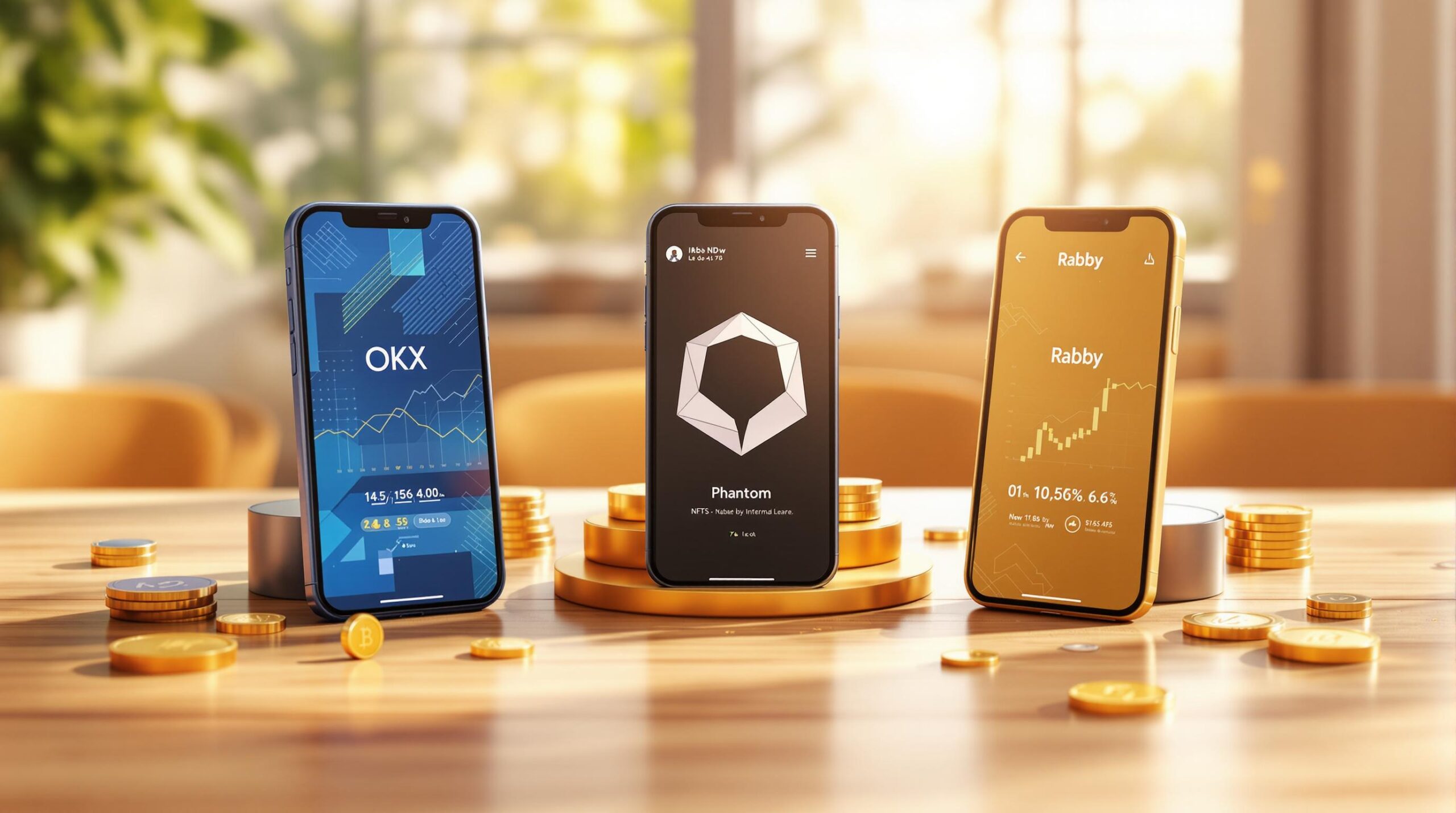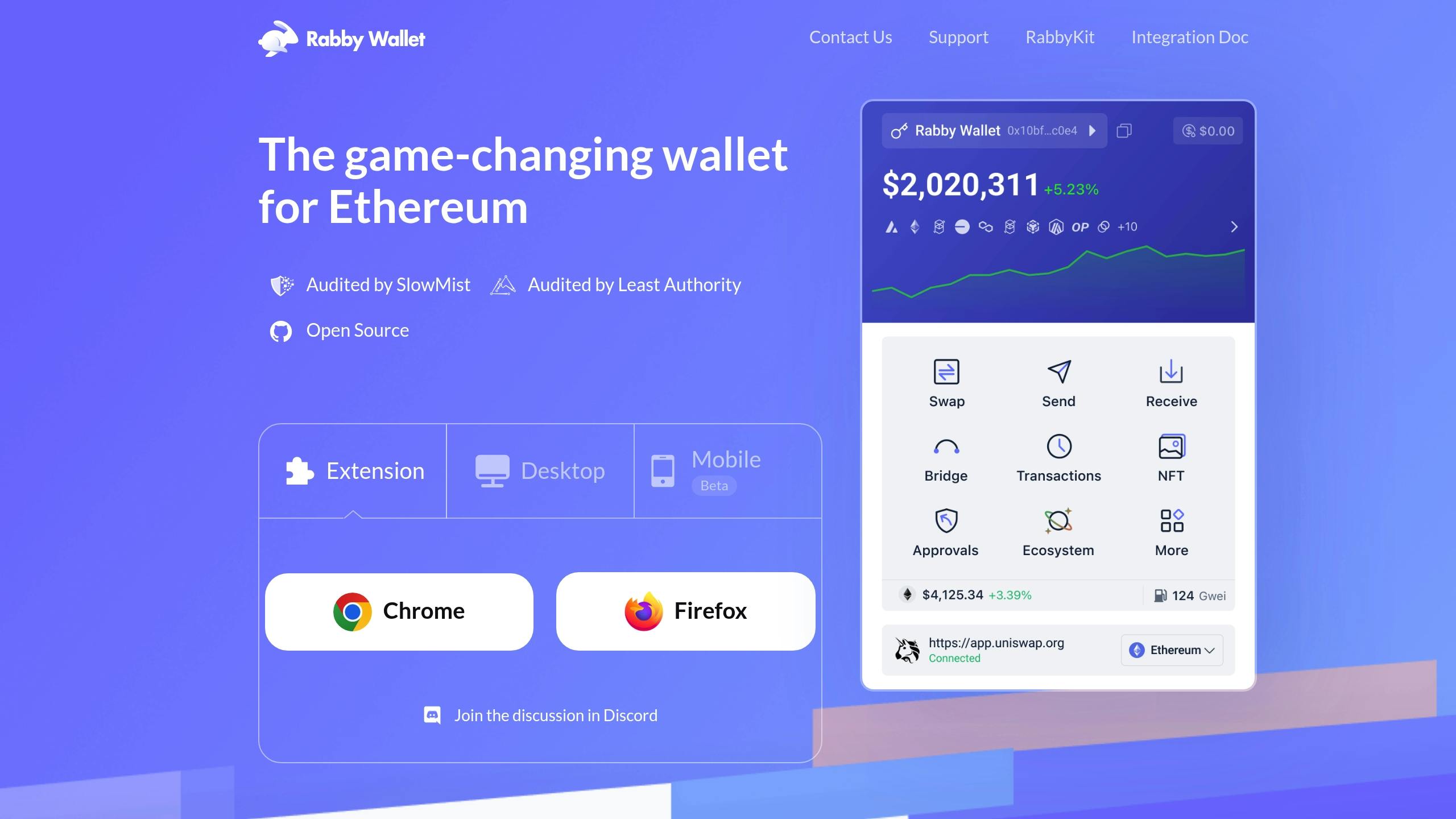Warren Buffett, one of the most successful investors in history, has consistently criticized cryptocurrencies. He argues they lack intrinsic value, are highly speculative, and come with significant risks like price volatility and security vulnerabilities. Despite the rapid growth of blockchain technology and increasing adoption by institutions, Buffett remains skeptical, favoring productive assets like businesses and real estate.
Here’s a quick summary of Buffett’s concerns and the counterarguments:
-
Buffett’s Criticisms:
- Cryptocurrencies lack intrinsic value and don’t generate cash flow.
- The market is speculative and resembles financial bubbles.
- Cryptos are prone to illegal use and security issues.
- He doubts their long-term viability as currencies or investments.
-
Crypto Advocates’ Responses:
- Cryptos derive value from utility (e.g., decentralized finance) and scarcity.
- Blockchain is being adopted by major institutions (e.g., JPMorgan’s DeFi projects).
- Security measures like cold storage and smart contract audits reduce risks.
- Cryptos improve financial inclusion and enable cost-effective global transactions.
Quick Comparison:
| Aspect | Buffett’s View | Crypto Advocates’ View |
|---|---|---|
| Intrinsic Value | No cash flow or tangible backing | Value from utility, network effects |
| Volatility | Highly speculative and risky | Creates trading opportunities |
| Use Case | Limited real-world impact | Enables cross-border payments, DeFi |
| Future Outlook | Predicts poor long-term outcomes | Growth driven by institutional adoption |
This debate highlights the clash between traditional investing principles and the evolving world of cryptocurrencies.
Warren Buffett on Bitcoin and Crypto: The Gambling Explosion
1. Buffett’s Main Concerns
Warren Buffett’s doubts about cryptocurrencies come from his deep-rooted value investing principles. He raises concerns in four key areas, questioning their legitimacy and long-term potential.
Lack of Intrinsic Value
Buffett argues that cryptocurrencies lack any real value. Unlike businesses or real estate, which generate returns over time, he sees crypto as purely speculative. Its value depends entirely on someone else paying more for it, a cycle he describes as "delusional" [1].
Speculative Nature of the Market
Drawing parallels to past financial bubbles, Buffett warns that cryptocurrency trading mirrors speculative frenzies that often end in collapse [1]. His decades of experience analyzing market trends inform this perspective.
Operational Risks
Buffett is also critical of the risks tied to cryptocurrencies. He points out their use in illegal activities, saying:
"Bitcoin has been used to move around a fair amount of money illegally" [1]
Additionally, he highlights the vulnerabilities of crypto exchanges, which have suffered numerous hacks. On their viability as a currency, Buffett remarks:
"It does not meet the test of a currency. I wouldn’t be surprised if it’s not around in 10 or 20 years" [1]
He contrasts crypto with traditional investments, emphasizing the benefits of assets that create long-term value:
"You’re going to be a lot better off owning productive assets over the next 50 years" [1]
Despite the growing interest in cryptocurrencies, Buffett remains doubtful about their future. His critiques lay the groundwork for the counterarguments from crypto supporters, which we’ll examine next.
2. Crypto Industry Response
Crypto advocates have been vocal in addressing Warren Buffett’s skepticism, emphasizing concrete advancements in technology and the economy that tackle his concerns head-on.
Value Through Utility
Supporters argue that cryptocurrencies derive their value from factors like utility, scarcity, and network effects. For example, the $100 billion decentralized finance (DeFi) ecosystem challenges Buffett’s view on productivity by enabling yield generation through automated lending protocols [1]. Ethereum, with its smart contracts, powers decentralized applications, further showcasing practical use cases.
Institutional Integration
Leading financial institutions are beginning to adopt blockchain technology. In October 2022, JPMorgan completed its first cross-border transaction using DeFi on a public blockchain. This involved tokenized Singapore dollar and Japanese yen deposits, demonstrating how blockchain is being applied in traditional finance [4].
Improved Security Measures
The crypto industry has taken steps to address security concerns, including:
- Cold storage for offline protection of assets
- Multi-signature wallet systems for added authorization
- Third-party audits of smart contracts
- Insurance policies to cover potential losses
These measures directly respond to concerns about exchange vulnerabilities while supporting increasing transaction volumes.
Key Adoption Metrics
Data shows that cryptocurrencies are moving beyond speculation:
- Over 420 million global crypto users were recorded in 2023, marking a 39% year-over-year increase [2].
- Daily Bitcoin transactions amounted to $12.5 billion in Q4 2022 [6].
- Blockchain’s market value is projected to reach $163 billion by 2029 [5].
Cryptocurrencies also provide financial services to 1.7 billion unbanked individuals worldwide and offer cost-effective cross-border transactions compared to traditional systems [3]. This operational utility stands in contrast to Buffett’s preference for traditional assets, as it creates value by improving accessibility.
sbb-itb-dd9e24a
Side-by-Side Comparison
This table highlights the main points of disagreement between Warren Buffett and cryptocurrency supporters:
| Aspect | Warren Buffett’s View | Cryptocurrency Advocates’ View |
|---|---|---|
| Intrinsic Value | – Lacks cash flow or tangible backing [1] | – Value comes from use in DeFi systems [2] – Increasing user adoption adds value |
| Risk Assessment | – Highly volatile prices [1] – Susceptible to market manipulation [1] |
– Volatility creates trading opportunities [2] – Regulatory measures are reducing manipulation risks [2] |
| Market Function | – Seen as speculative, relying on the "greater fool" theory [1] – No meaningful economic impact [1] |
– Enables efficient cross-border transactions [2] |
| Technology Outlook | – Doubts cryptocurrency’s future [1] – Predicts an unfavorable outcome [4] |
– Institutional use (e.g., JPMorgan’s blockchain projects) and tech advancements are fueling growth [2] – Layer-2 solutions are improving transaction speeds [2] |
This debate reflects a clash in investment strategies. Buffett emphasizes minimizing losses, while crypto proponents focus on balancing risks with potential rewards. Investors must decide between traditional valuation principles and the promise of technological progress.
Final Analysis
The comparison highlights the ongoing clash between established investment principles and the evolving world of cryptocurrency. This divide – rooted in the contrast between proven strategies and new, disruptive technologies – shapes today’s crypto investment decisions.
Warren Buffett’s approach to value investing sharply contrasts with the unpredictable nature of crypto. His infamous description of cryptocurrency as "rat poison squared" [1] underscores his skepticism, while also pointing to the sector’s mix of rapid growth and extreme volatility.
Here are some critical factors for investors navigating these opposing viewpoints:
| Factor | Traditional Investing (Buffett) | Crypto’s Influence |
|---|---|---|
| Risk Management | Prioritizes stable cash flows and tangible assets | Involves embracing high volatility and tech-driven risks |
| Value Focus | Relies on established business models with steady revenues | Driven by network effects and technological advancements |
| Investment Horizon | Prefers steady, long-term growth | Offers potential for sharp gains or steep losses in shorter timeframes |
While regulatory developments might reduce some uncertainties, the fundamental divide between traditional value principles and crypto’s emerging potential remains.
FAQs
What is Warren Buffett’s golden rule?
Warren Buffett’s golden rule is straightforward: "Go into business only with people whom you like, trust, and admire" [1]. This principle has shaped his investment strategy for more than 50 years and is a key reason for his skepticism toward cryptocurrencies.
This rule ties directly to Buffett’s concerns about crypto. His focus on trust and admiration in business relationships clashes with the decentralized and often anonymous nature of cryptocurrency markets, as highlighted in Section 1.
Here’s how this principle contrasts with crypto investments:
| Aspect | Buffett’s Traditional Approach | Cryptocurrency Landscape |
|---|---|---|
| Trust | Direct relationships with management | Anonymous transactions, decentralized systems |
| Value Creation | Tangible growth and cash flow | Network effects, technological potential |
| Long-term Stability | Proven models with track records | Emerging tech with regulatory uncertainty |
While crypto supporters argue that blockchain ensures trust through code and cryptography, Buffett’s rule prioritizes human connections and established performance over technological promises.

